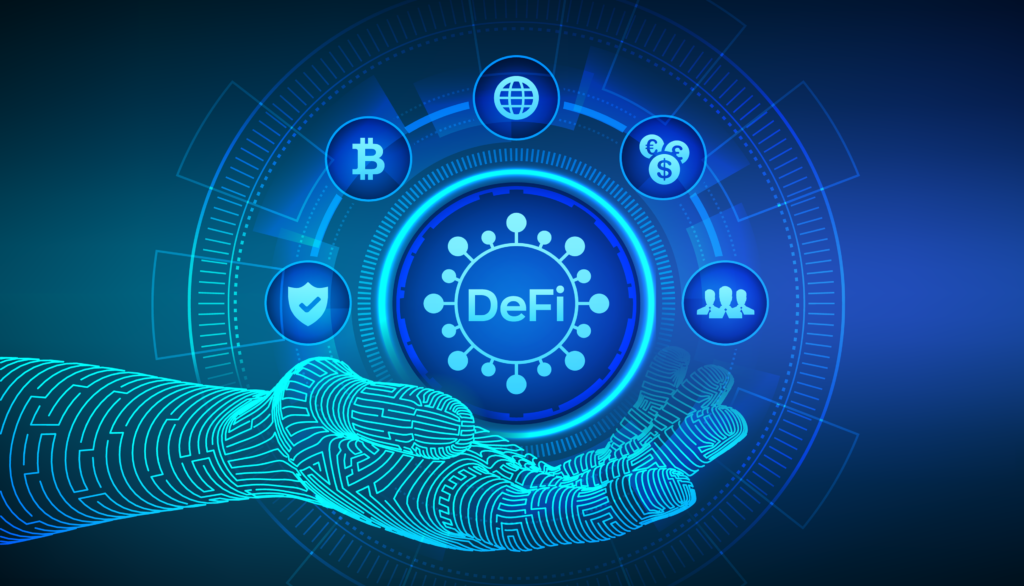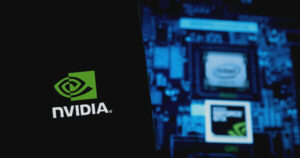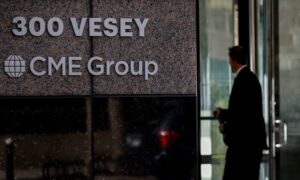
Decentralized Finance (DeFi) is rapidly reshaping the financial landscape, providing innovative solutions that challenge traditional banking and finance systems. As businesses and potential clients explore DeFi development, understanding the trends that will define its future is essential. This blog outlines the key DeFi trends to watch in 2024 and beyond, offering insights that can help businesses navigate this evolving sector.
What is DeFi?
Decentralized Finance refers to a financial system built on blockchain technology that allows individuals to conduct transactions without intermediaries like banks or brokers. By utilizing smart contracts, DeFi enables peer-to-peer interactions, making financial services more accessible and efficient.
Key features of DeFi include:
Transparency: All transactions are recorded on a public ledger, providing visibility into operations.
Accessibility: Anyone with internet access can participate in DeFi services without the need for traditional identification.
Security: Blockchain technology ensures that transactions are secure and immutable.
These features make DeFi an attractive option for businesses looking to streamline operations and reduce costs.
Leading DeFi Trends to Watch in 2024
Sustainable Finance Initiatives
Sustainable finance is becoming a focal point within DeFi. As environmental concerns rise, many DeFi projects are integrating sustainability into their operations. This includes:
Carbon Offset Mechanisms: Protocols that allow users to offset their carbon footprint through blockchain-based solutions.
Green Investment Strategies: Platforms promoting eco-friendly projects attract investors focused on sustainability.
By adopting sustainable practices, businesses can enhance their reputation and appeal to environmentally conscious investors.
NFT Integration
The integration of Non-Fungible Tokens (NFTs) into DeFi platforms is expanding opportunities for asset tokenization. NFTs can represent unique assets such as art or real estate, allowing them to be used as collateral in lending processes. This trend offers:
New Revenue Streams: Businesses can create and sell unique digital assets.
Increased Market Participation: The use of NFTs broadens the range of assets available in the DeFi ecosystem.
Traditional Finance Integration
DeFi is increasingly merging with traditional finance (TradFi) through hybrid products that offer the best of both worlds. This includes:
Tokenized Securities: Allowing traditional assets to be traded on blockchain platforms.
On-chain Asset Management: Providing tools for managing investments in a decentralized manner.
This integration helps businesses access established financial markets while attracting institutional investors.
DeFi Insurance Protocols
As the DeFi sector grows, so does the need for robust insurance solutions. Decentralized insurance protocols provide coverage against risks associated with smart contracts and other vulnerabilities. Key benefits include:
Risk Mitigation: Businesses can protect themselves from potential losses due to hacks or contract failures.
Cost Efficiency: Often more affordable than traditional insurance options.
Synthetic Asset Protocols
Synthetic assets mimic the value of real-world assets without requiring ownership of those assets. This trend democratizes access to various asset classes, enabling businesses to:
Diversify Portfolios: Gain exposure to different markets without holding physical assets.
Hedge Against Volatility: Use synthetic derivatives to protect against market fluctuations.
Algorithmic Stablecoins Evolution
Algorithmic stablecoins are designed to maintain value through algorithms rather than collateral. Innovations in this area are making these stablecoins more reliable and resilient, providing:
Stable Transactions: Reduced volatility ensures predictable business operations.
Financial Inclusion: Access to stable currencies enables participation in global markets, particularly for businesses in emerging economies.
Layer 2 Scaling Solutions
Layer 2 solutions address scalability issues on primary blockchains like Ethereum by processing transactions off-chain. This trend improves user experience by offering:
Lower Transaction Costs: Reducing operational expenses for businesses.
Faster Transaction Speeds: Enhancing efficiency for users interacting with DeFi applications.
Cross-chain Liquidity Pools
Cross-chain liquidity pools facilitate asset transfers between different blockchains, enhancing interoperability. This trend allows businesses to access a broader range of services and increases liquidity across platforms, leading to:
Greater Flexibility: Businesses can operate across multiple blockchain ecosystems seamlessly.
Arbitrage Opportunities: Companies can profit from price differences across chains.
Decentralized Asset Management Platforms
Emerging decentralized asset management platforms offer automated investment strategies and portfolio management tools. These platforms leverage smart contracts for efficient asset management, providing:
Autonomous Investment Management: Reducing manual intervention and saving time.
Customizable Strategies: Tailoring investment approaches to meet specific business needs.
Crypto Bridges
Crypto bridges enable the transfer of assets between different blockchain networks, enhancing interoperability and liquidity. As these bridges evolve, they will play a crucial role in creating a unified DeFi ecosystem by offering:
Interoperability Benefits: Facilitating seamless asset transfers enhances operational flexibility for businesses.
Broader Market Reach: Companies can tap into new customer bases across various blockchain networks.
DEX and AMM Innovations
Decentralized exchanges (DEXs) and automated market makers (AMMs) are continually evolving to improve trading efficiency. Innovations such as concentrated liquidity models are optimizing trading conditions, resulting in:
Lower Fees: Reduced trading costs compared to centralized exchanges increase profitability for users.
Enhanced Security Measures: DEXs offer greater privacy and security for business transactions.
Decentralized Autonomous Organizations (DAOs)
DAOs are becoming essential for governance within the DeFi space, allowing community-driven decision-making. The growth of DAOs empowers businesses by providing:
Democratic Governance Structures: Encouraging stakeholder engagement in protocol development and direction.
Operational Transparency: Attracting investors through clear governance processes.
DeFi Gaming and Virtual Economies
The intersection of gaming and DeFi is creating new opportunities where players can earn real value through gameplay. This trend opens avenues for businesses by offering:
Monetization Opportunities: Companies can create virtual goods that generate revenue within gaming ecosystems.
Innovative Marketing Strategies: Engaging customers in virtual environments fosters brand loyalty and deeper connections.
Decentralized Physical Infrastructure Networks (DePIN)
DePINs utilize blockchain technology to manage physical infrastructure like telecommunications or energy grids. By decentralizing ownership and operation, these networks provide:
Cost Savings: Reducing overhead costs associated with infrastructure management enhances operational efficiency for businesses.
Scalability Solutions: Facilitating easier expansion supports business growth and adaptability.
Conclusion
The future of finance is being shaped by these emerging trends in decentralized finance. As businesses look towards integrating DeFi solutions into their operations, understanding these trends will be crucial for informed decision-making.
For companies interested in exploring the potential of decentralized finance further, partnering with a specialized development firm can provide valuable insights and technical expertise tailored to their unique needs.
Are you ready to explore the world of decentralized finance? Connect with Codezeros today! Their expertise in DeFi development can help you navigate this exciting landscape effectively.
Future of Finance: Top DeFi Trends to Watch was originally published in Nerd For Tech on Medium, where people are continuing the conversation by highlighting and responding to this story.








